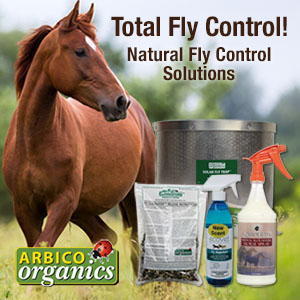
Pneumonia is the term given to describe inflammation or infection of the lungs. Bronchitis, tracheitis and laryngitis describe infections of the upper portion of the respiratory tract. Pneumonia and respiratory disease in general are very serious and widespread among goat populations, dairy herds, and pygmy alike. Much of the problem is due to poor management practices which predispose the animals to infectious disease. Some of these predisposing factors include:
Environmental Insults
These include poor ventilation, dirty conditions, and overcrowding in barns and sheds. Inadequate air circulation, especially when combined with high humidity and a manure pack, is a deadly insult to lung tissue. Goats don’t need to be warm and cozy as much as they need to always breathe fresh air. A three-sided shed or lean-to with 100% air exchange is ideal for them. Dusty feed and bedding, and drafts can also be detrimental.
Lungworms
Lungworms can produce a good deal of damage to lung tissue on their own, but their presence debilitates tissue, making it easy for secondary infection to set in.
Stress
Stress of any kind- shipping, goat shows, etc., – will lower an animal’s resistance, making it more susceptible to infection. In goats, respiratory infection seems to be a common sequala to stress.
Aspiration of Drench Material
Aspiration of drench material, especially mineral oil, or vomitus sets up a nasty infection known as aspiration pneumonia. With careful drenching technique and adding a flavored substance to mineral oil, this should not occur. The actual infection agent that causes pneumonia may be a virus, Mycoplasma, Chlamydia, bacteria or fungus, or a combination. The most common are bacteria such as Pasteurella, and Corynebacterium. Many of these infections are spread by aerosol transmission, so animals can give them to each other. This occurs with increased frequency when strange animals are introduced to a herd.
Signs of pneumonia in goats include labored breathing (sides heaving), rapid, shallow breathing, a “rattle” heard in the chest, standing with forelegs apart and neck stretched out, intolerance to exercise, nasal discharge, and eventual weight loss and often death. There is usually a fever initially, but the temperature may be normal throughout most of the disease, which may last for months. A chronic cough may accompany pneumonia, but a cough may also mean a bronchial or laryngeal infection. These signs, however, are not always that obvious to the untrained eye.
Prevention and control of pneumonia and other respiratory diseases involves removing the predisposing factors, isolating sick animals, parasite control, and vaccination where this is appropriate. The importance of good ventilation and sanitation cannot be overemphasized. Sometimes, when a specific causative organism has been isolated which seems to be a herd problem, a commercial or autogenous vaccine can be recommended to protect your herd.
Provided by Mary Blankevoort, DVM
Related Articles & Free Email Newsletter Sign Up
10 Tips to Raise Healthier and More Profitable Sheep
How to Prevent and Treat Goat Abscesses
Sheep Milk Offers High Yields and Great Taste




Comment here